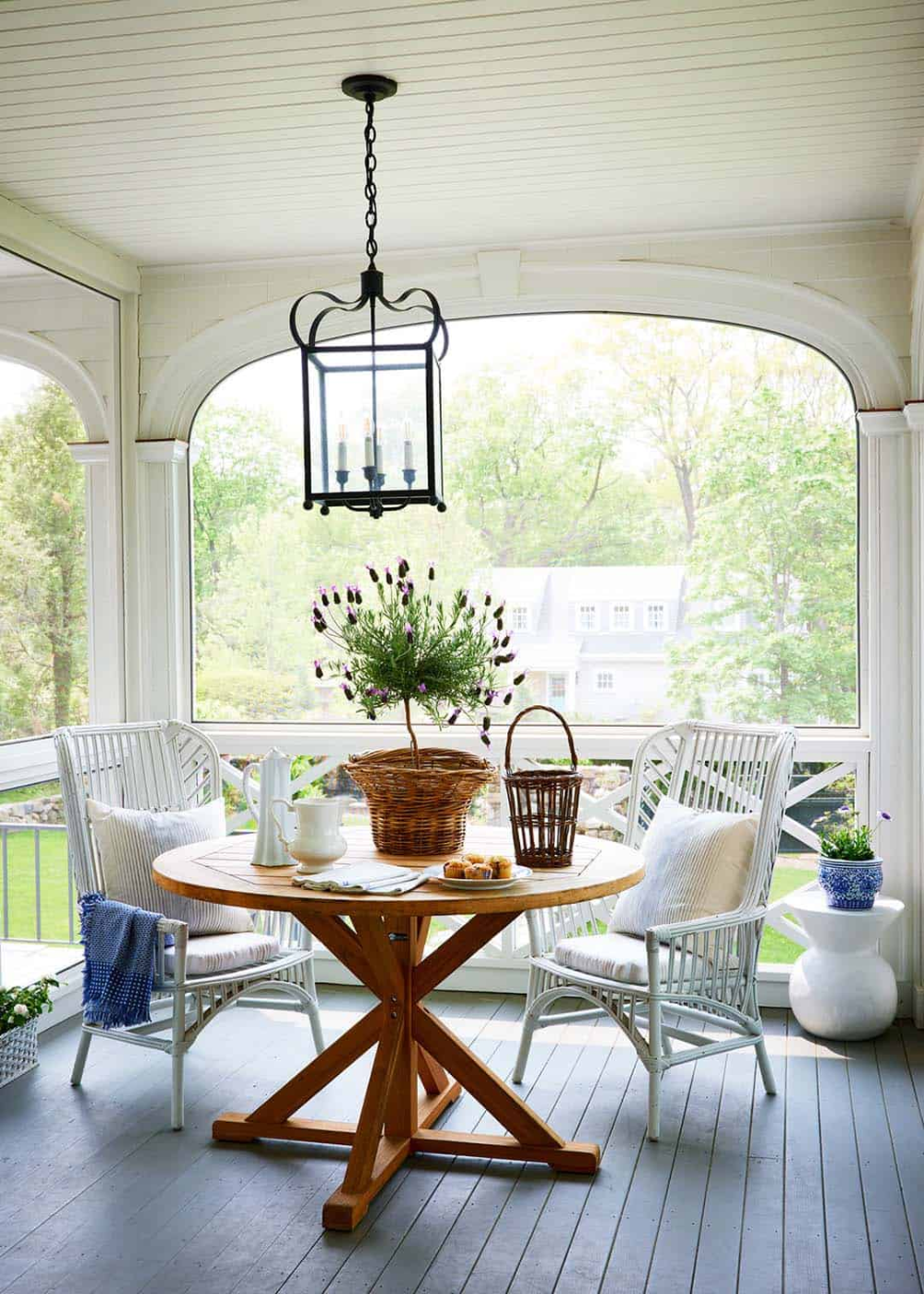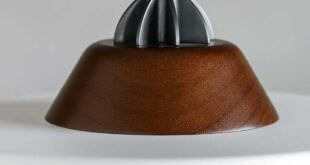
Traditional coastal style kitchens are characterized by their relaxed and inviting atmosphere, reminiscent of a seaside getaway. This design aesthetic incorporates natural elements such as weathered wood, soft color palettes inspired by the beach and ocean, and nautical accents like rope, shells, and sea glass. White cabinetry is often paired with light countertops and backsplashes to create a bright and airy feel, while large windows allow natural light to flood the space and offer views of the surrounding landscape. Open shelving and glass-front cabinets showcase beach-inspired decor and provide storage for dishes and cookware. Woven textures, such as jute rugs and rattan bar stools, add warmth and a touch of rustic charm to the space. Overall, traditional coastal style kitchens exude a casual elegance that makes them the perfect retreat for relaxing and entertaining by the sea.
When it comes to designing a traditional coastal style kitchen, there are several key elements to consider in order to achieve the desired aesthetic. One of the most important aspects of this style is the use of natural materials such as wood, stone, and metal. These materials not only add warmth to the space, but also help to create a sense of connection to the surrounding environment. Additionally, incorporating elements such as exposed beams, reclaimed wood accents, and rattan furniture can further enhance the coastal feel of the kitchen.
Another important consideration when designing a traditional coastal style kitchen is the color palette. Soft, muted tones such as whites, blues, greens, and sandy neutrals are commonly used in coastal design to evoke a sense of calm and tranquility. These colors can be incorporated through cabinetry, countertops, backsplashes, and decor accents such as throw pillows, rugs, and artwork. Additionally, incorporating natural textures such as jute, sisal, and seagrass can further enhance the coastal feel of the space.
In terms of layout and design, traditional coastal style kitchens often feature open shelving, glass-fronted cabinets, and large windows to maximize natural light and take advantage of any coastal views. Additionally, incorporating elements such as beadboard paneling, ship lap walls, and nautical-inspired hardware can help to further enhance the coastal aesthetic. Overall, by carefully selecting materials, colors, and design elements, it is possible to create a traditional coastal style kitchen that is both beautiful and functional, evoking the relaxed and inviting feel of a coastal retreat.
 home decor trends
home decor trends



